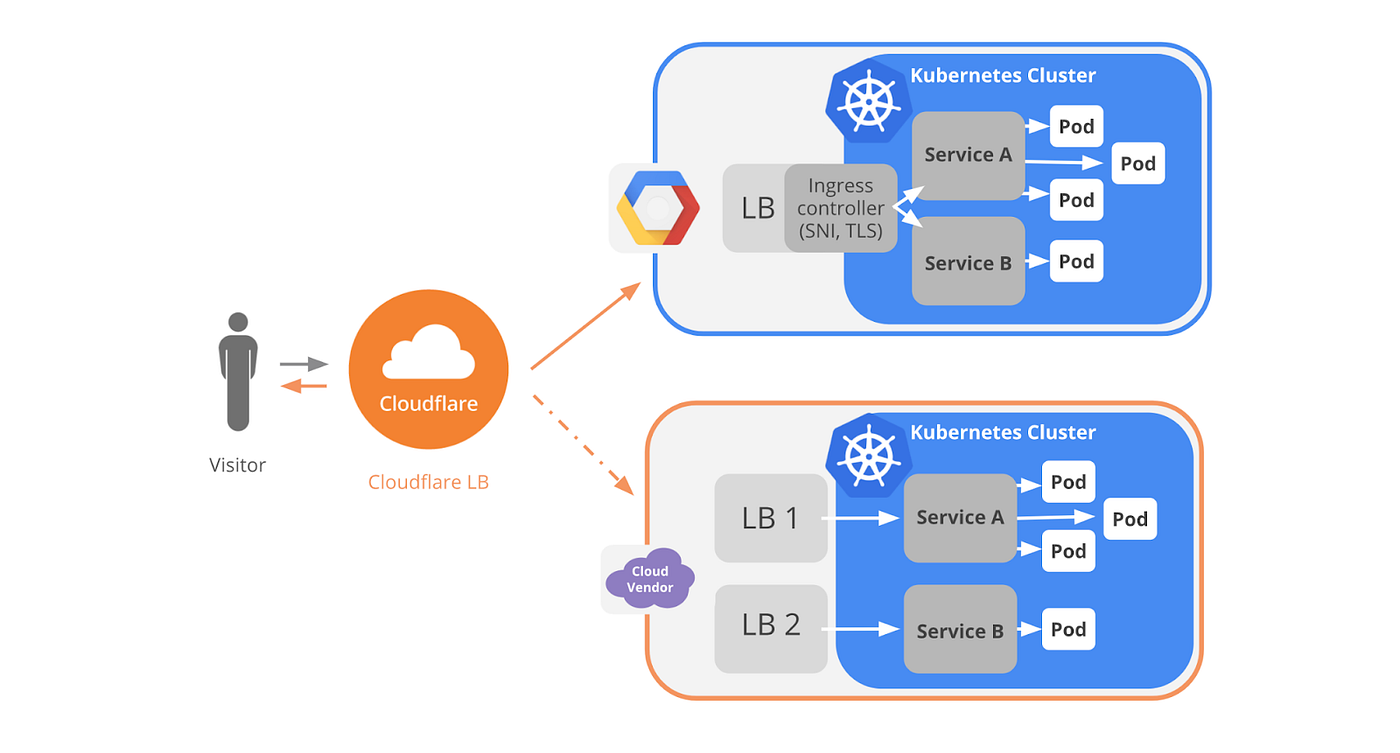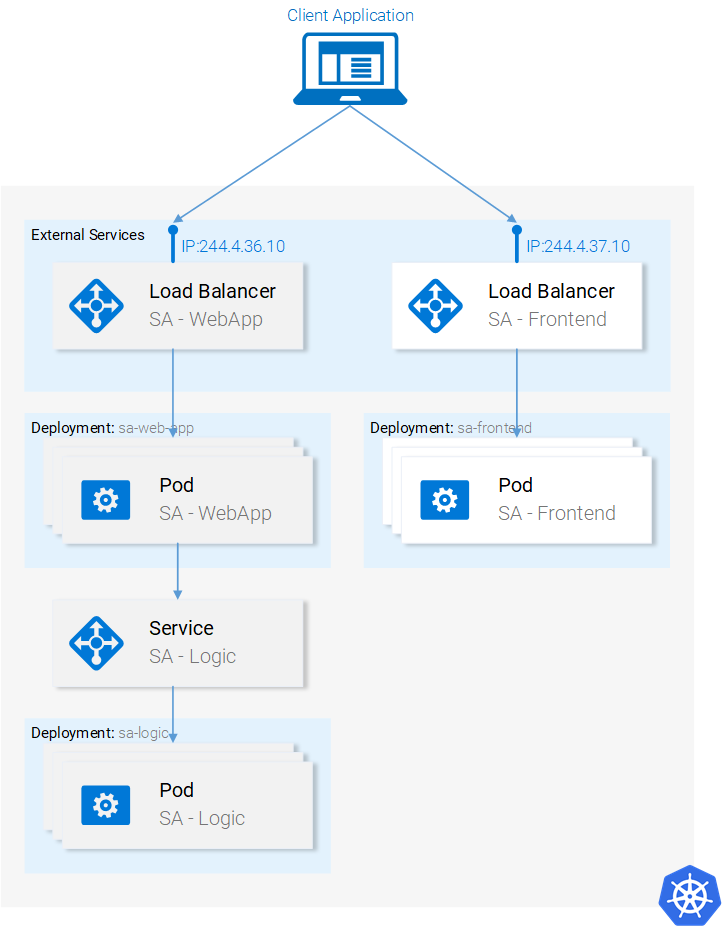

- #DOCKER AND KUBERNETES FOR DUMMIES PDF#
- #DOCKER AND KUBERNETES FOR DUMMIES INSTALL#
- #DOCKER AND KUBERNETES FOR DUMMIES UPGRADE#
Lets explore how Docker and Kubernetes align and how they support cloud-native computing. Docker is a technology for creating and running containers, while Kubernetes is a container orchestration technology. After building the container image you want with Docker, you can use Kubernetes or others to automate deployment on one or more compute nodes in the cluster. Kubernetes is one of the most feature-rich orchestration tools and is widely used.
#DOCKER AND KUBERNETES FOR DUMMIES UPGRADE#
To upgrade your Kubernetes cluster to the latest version, select Reset Kubernetes Cluster. Here are the basics on these two container technologies. Docker has several orchestration tolls such as Kubernetes, Docker Machine and Docker swam among others. The status of Kubernetes shows in the Docker menu and the context points toĭocker Desktop does not upgrade your Kubernetes cluster automatically after a new update. If I could just use/tweak my existing docker-compose file, that would awesome. Kubernetes is a difficult beast to tame, and I aimed to only cover the basics to get yourself started with Kubernetes so whether this all made sense, or some areas seem muddy still, I would. Im looking forward to migrate the containers I currently run on a Synology NAS to TrueNAS SCALE. When Kubernetes is enabled and running, an additional status bar item displaysĪt the bottom right of the Docker Desktop Settings dialog. Personally I find running Docker containers with docker-compose the most 'dummy friendly' way of running Docker containers. This instantiates images required to run the Kubernetes server as containers, and installs the /usr/local/bin/kubectl command on your machine. Kubernetes provides the ability to run dynamically scaling, containerised applications, and utilising an API for management.
#DOCKER AND KUBERNETES FOR DUMMIES INSTALL#
Most users do not need this option.Ĭlick Apply & Restart to save the settings and then click Install to confirm. It allows you to spin up a multiple-node cluster in a couple of minutes with no dependency on any other tool or cloud provider. This tool creates containers to act as Kubernetes nodes, and all you need is Docker installed on your machine. To see these internal containers, select Show system containers (advanced). Kubernetes in Docker, or KinD, is an implementation of a Docker-in-Docker (DinD) approach for Kubernetes. Service ls, because managing them manually is not supported. Running as a Docker container, go to Preferences > Kubernetes and then click Enable Kubernetes.īy default, Kubernetes containers are hidden from commands like docker


#DOCKER AND KUBERNETES FOR DUMMIES PDF#
To enable Kubernetes support and install a standalone instance of Kubernetes : Docker fr Dummies : Frank Geisler, Benjamin Kettner : Wiley-VCH : 2019 : 463 : : pdf : 17. If you installed kubectl using Homebrew, or by some other method, andĮxperience conflicts, remove /usr/local/bin/kubectl. $ kubectl config use-context docker-desktop Today’s blog post covers the Kubernetes vs Docker topic, and explores which solution to choose for deploying containers in the production environment.


 0 kommentar(er)
0 kommentar(er)
